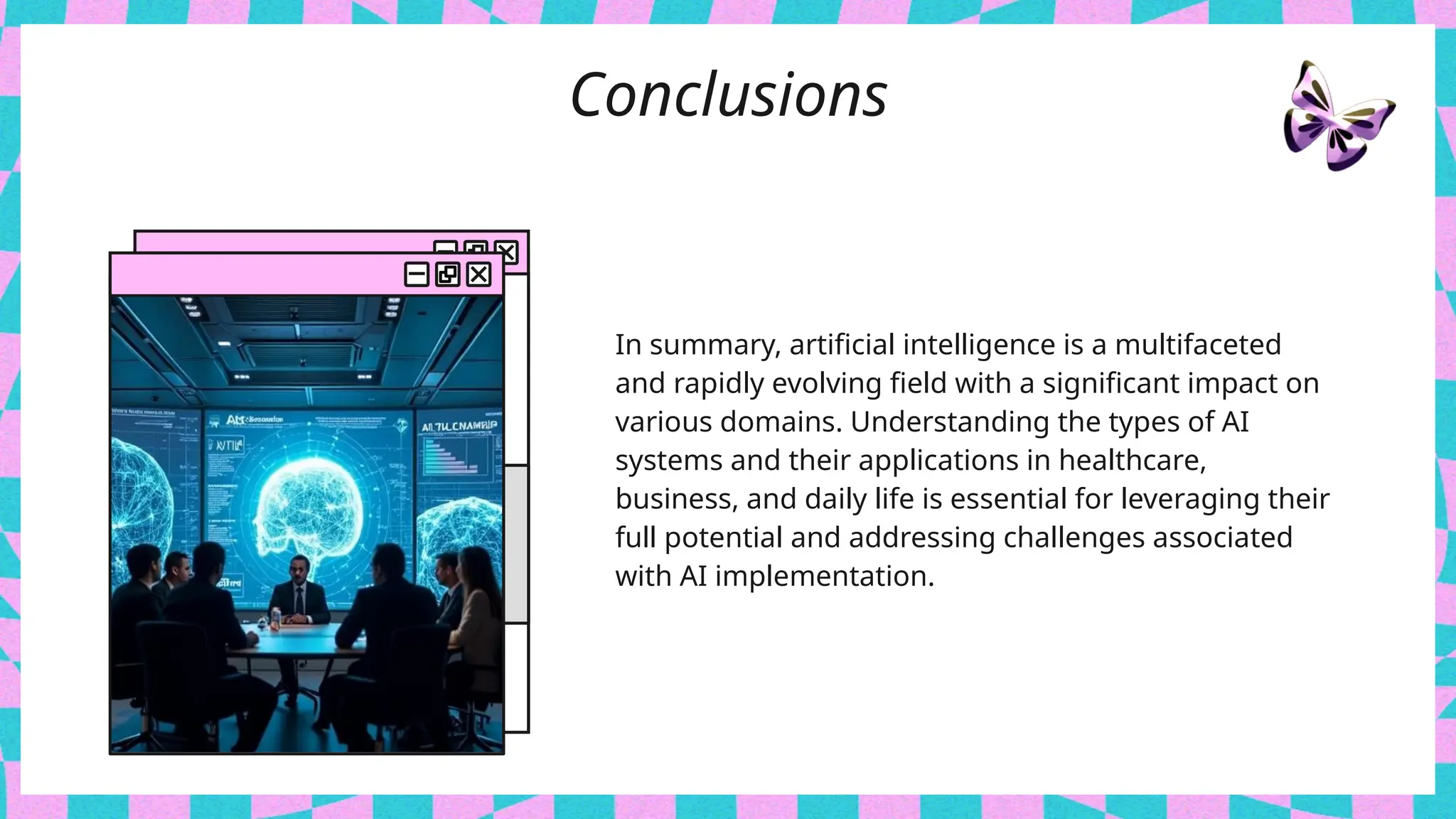Download Link👉👉👉
https://alipc.pro/dl/
InPixio Photo Eraser Crack InPixio Photo Eraser 10 Crack, Are you tired of taking photos with all unwanted background images? Have you ever wanted to get rid of the signs behind you or those passing …











